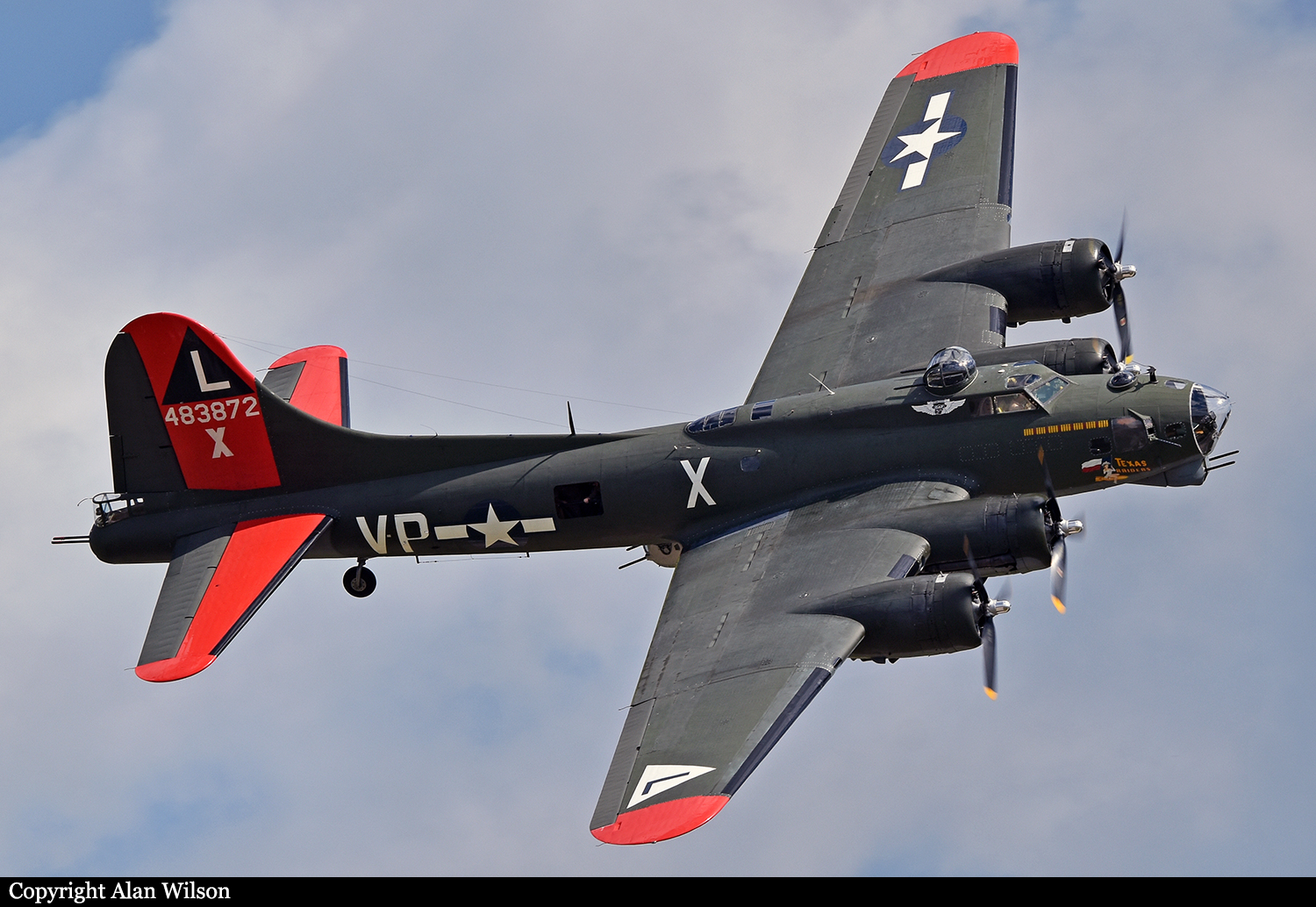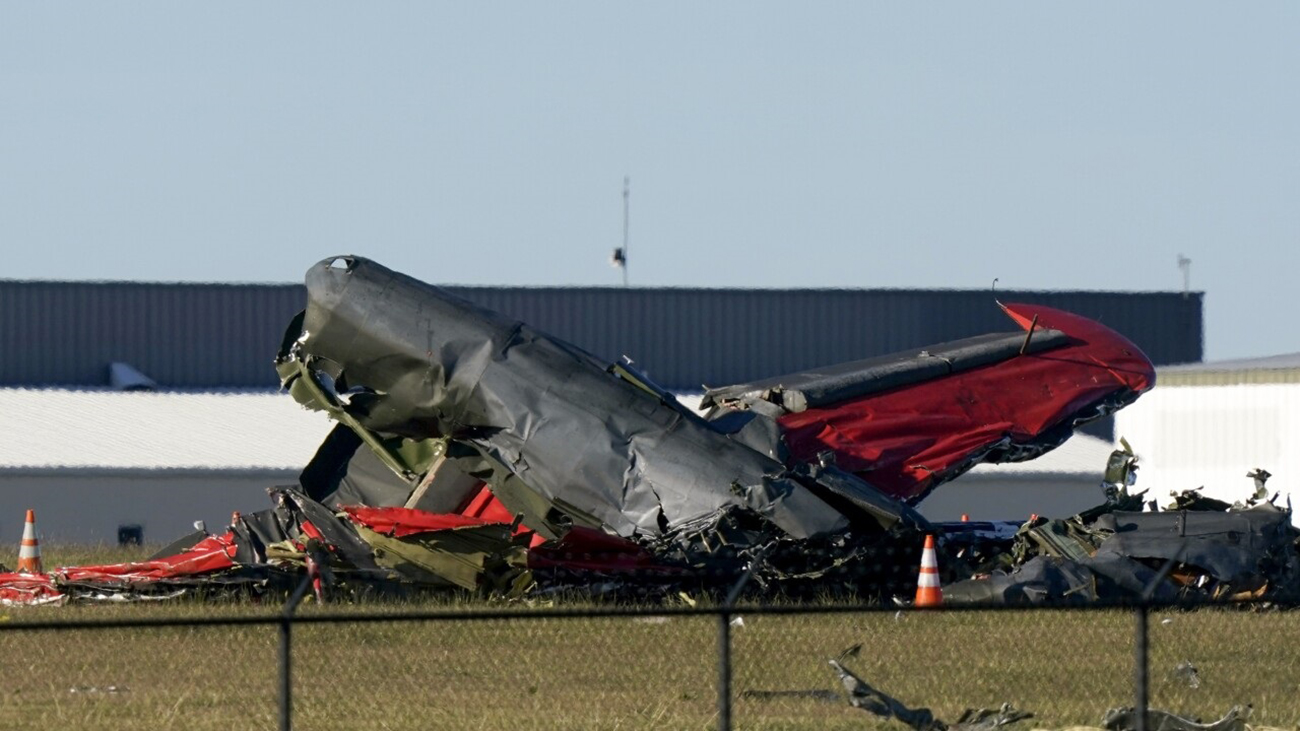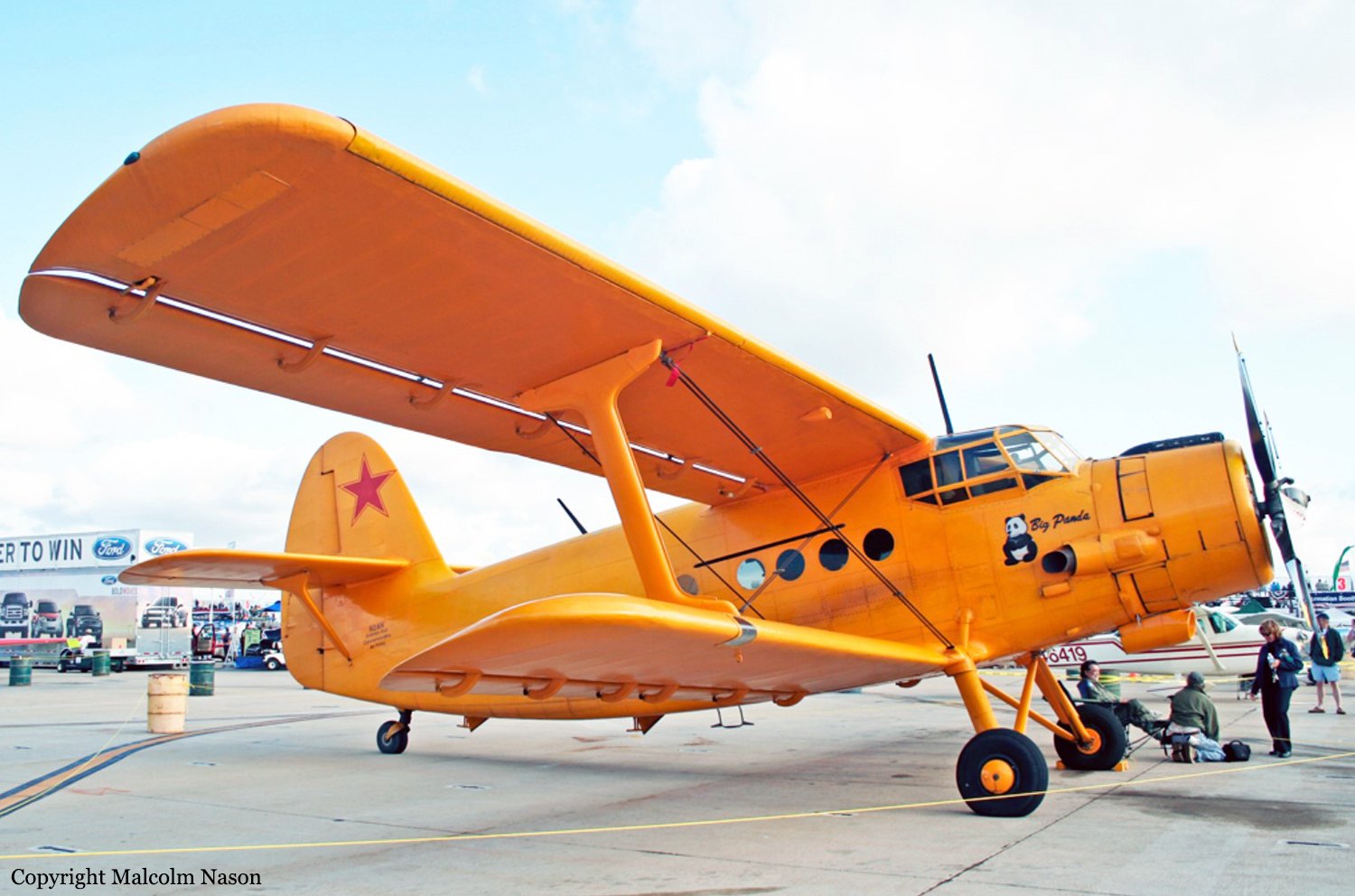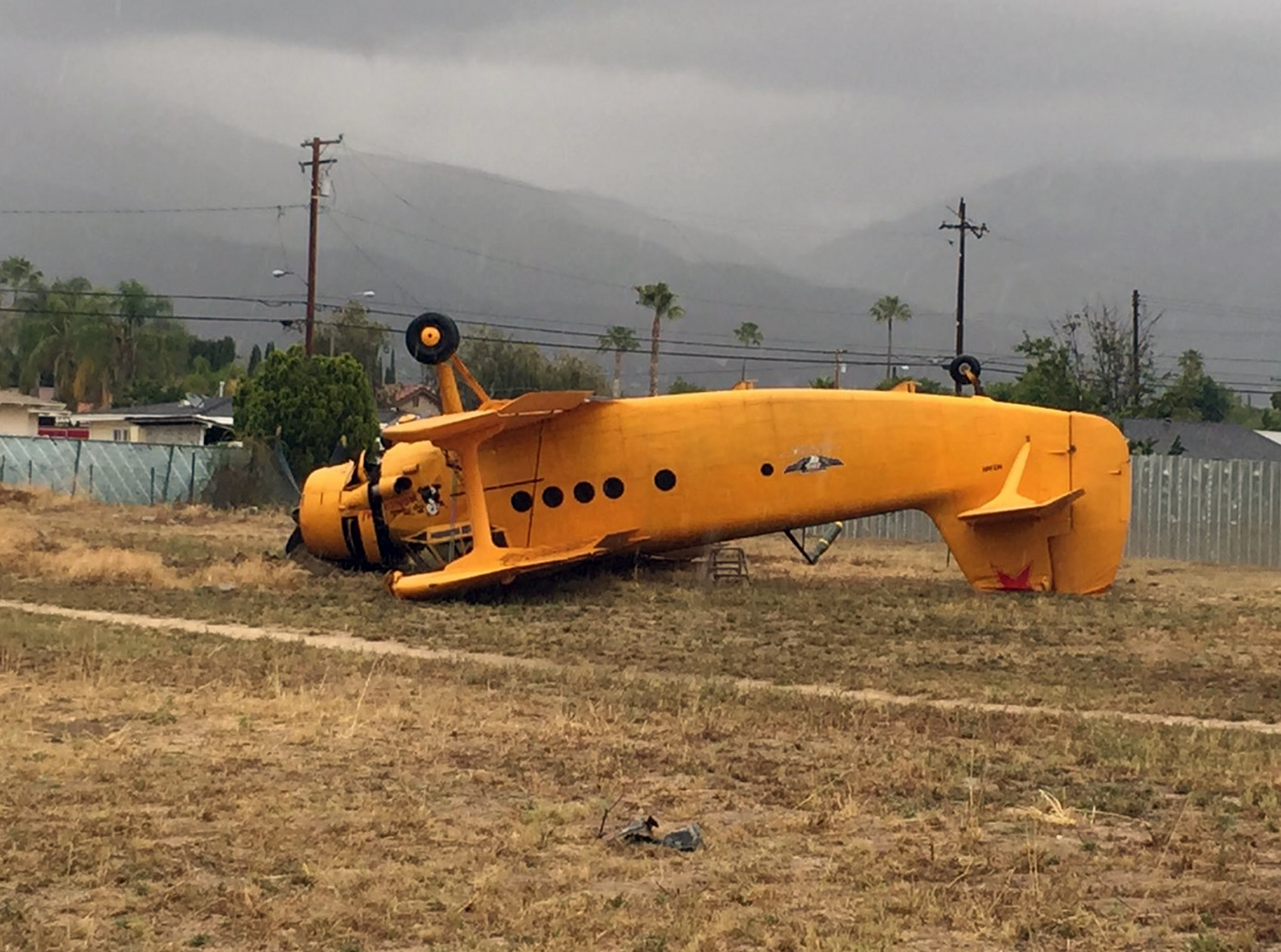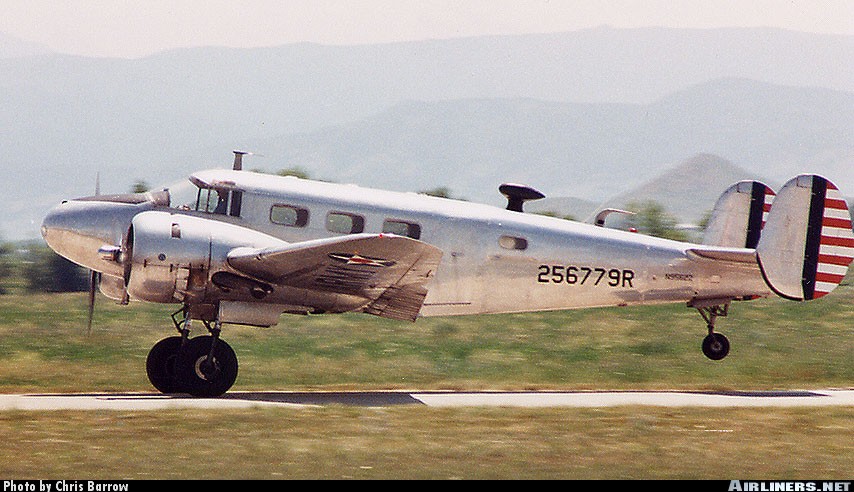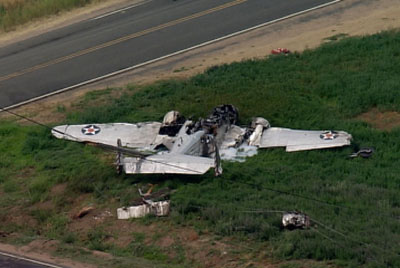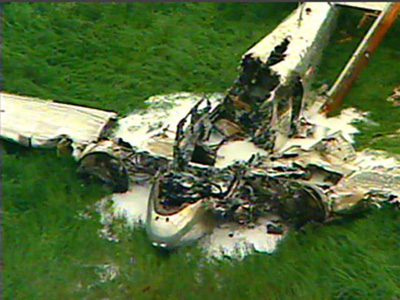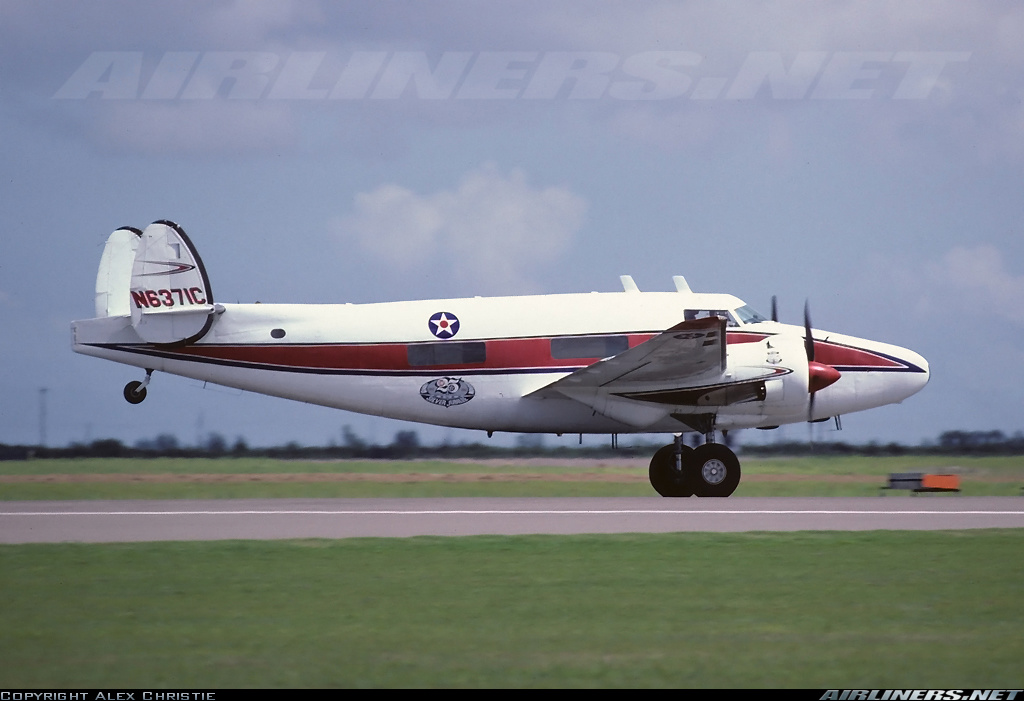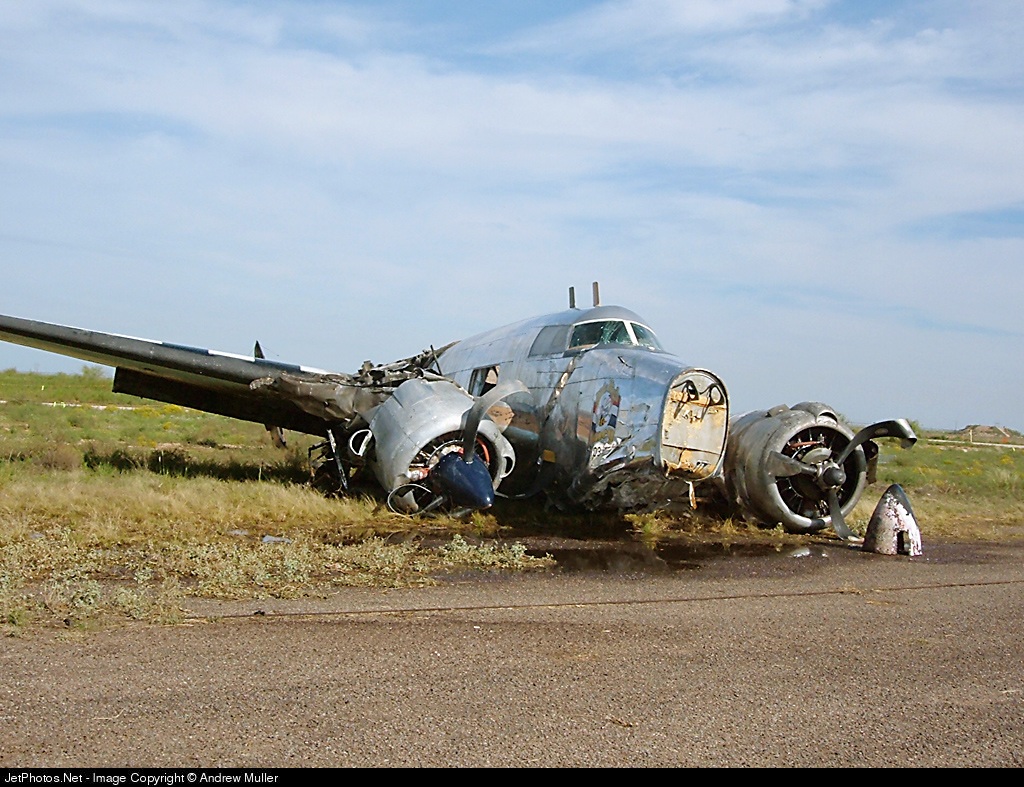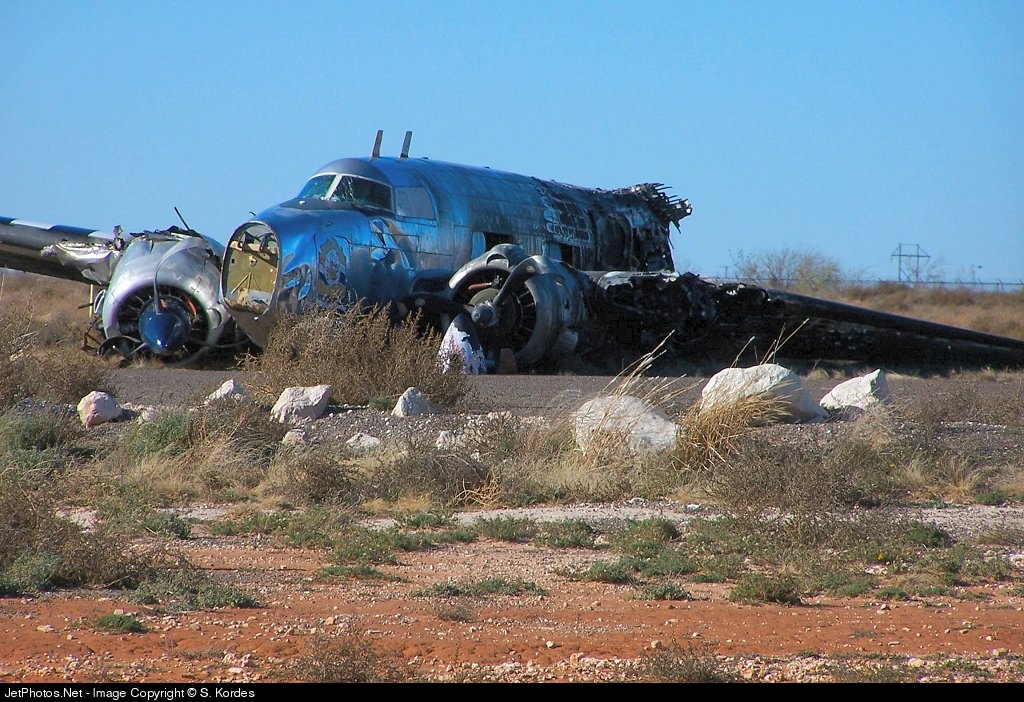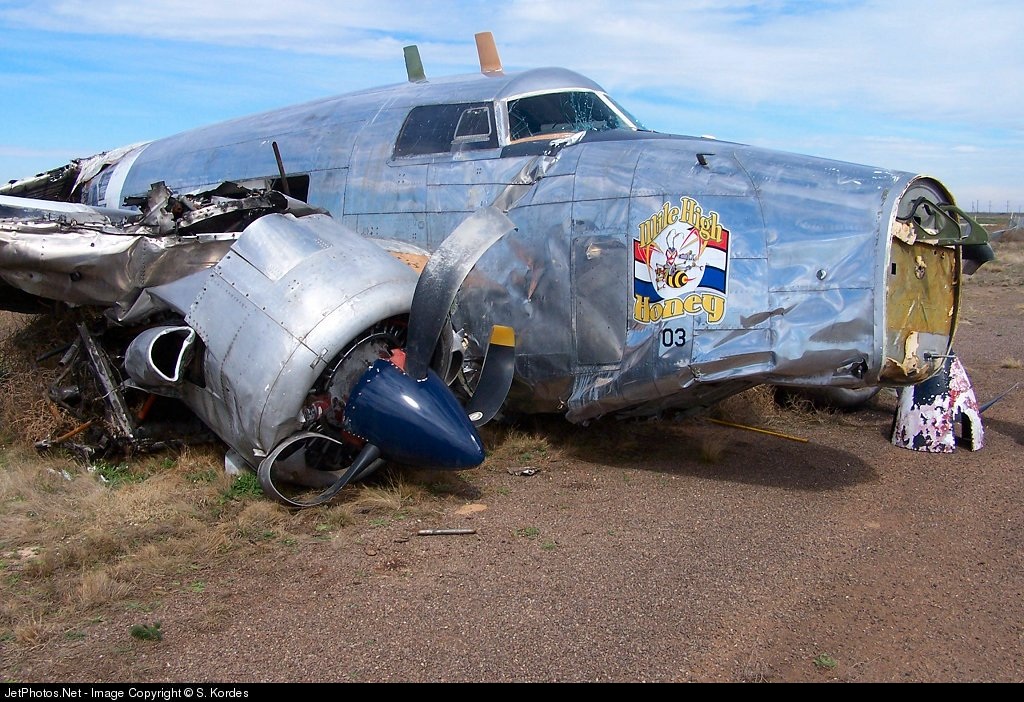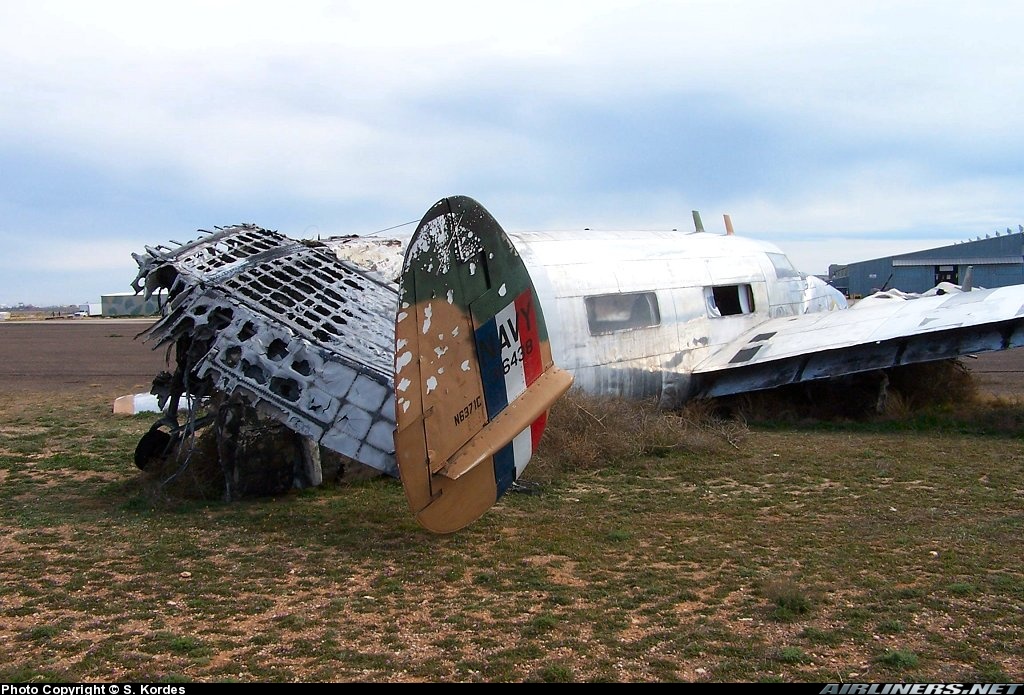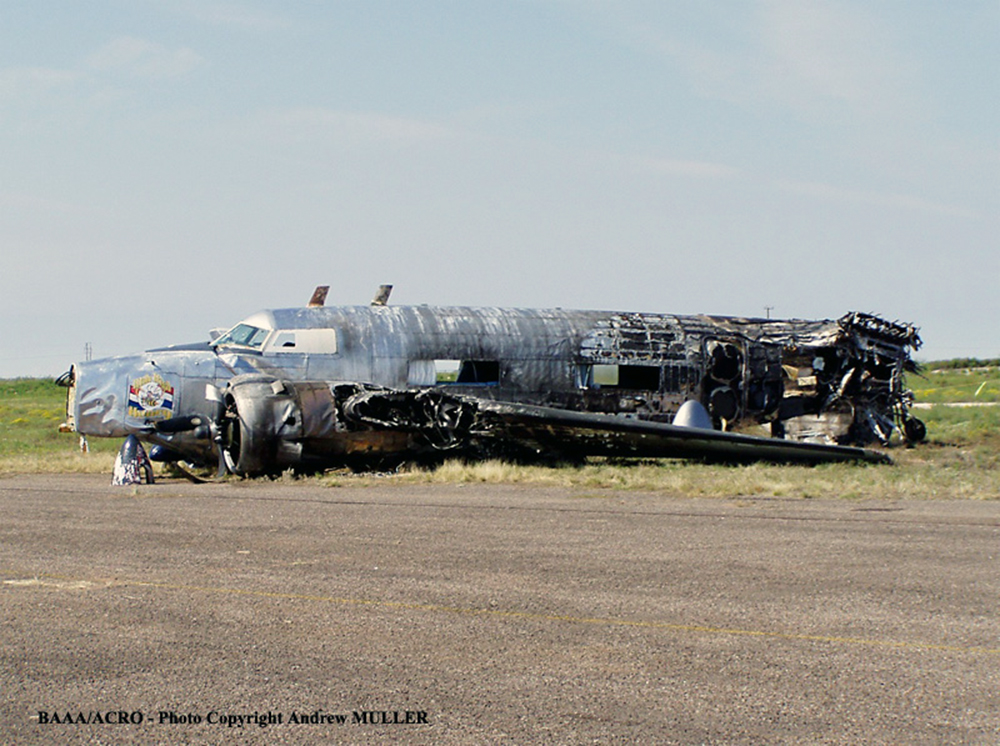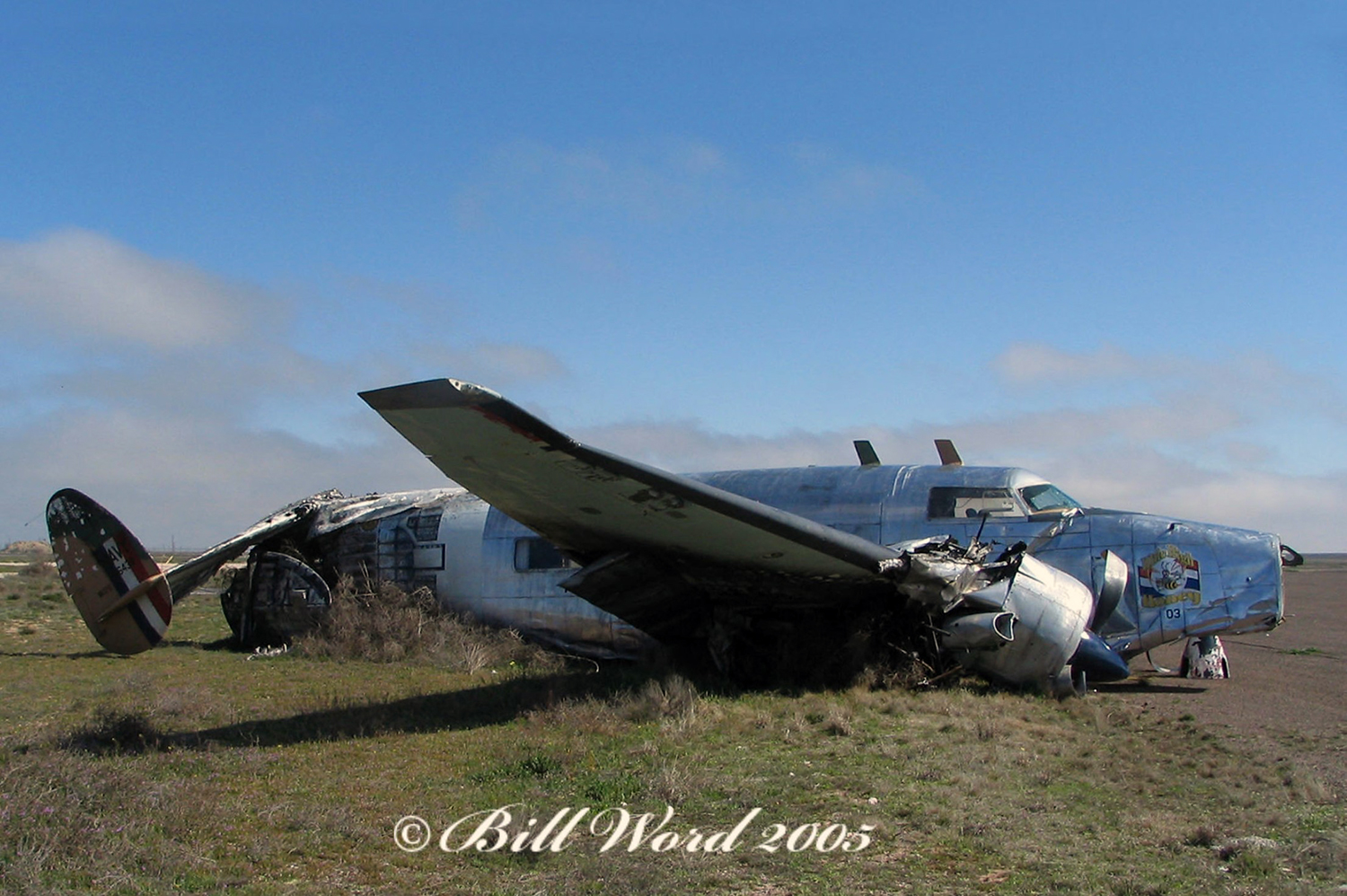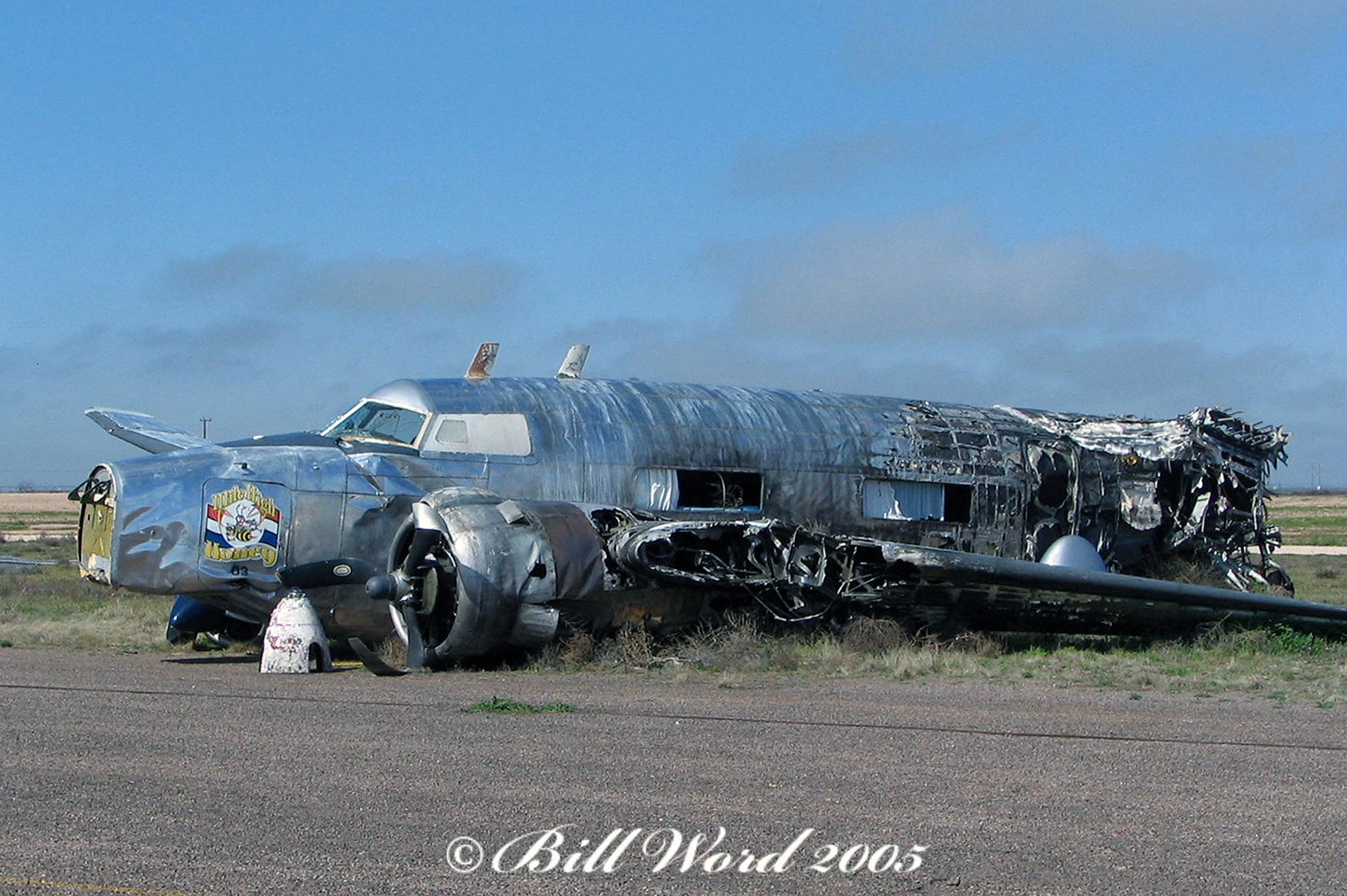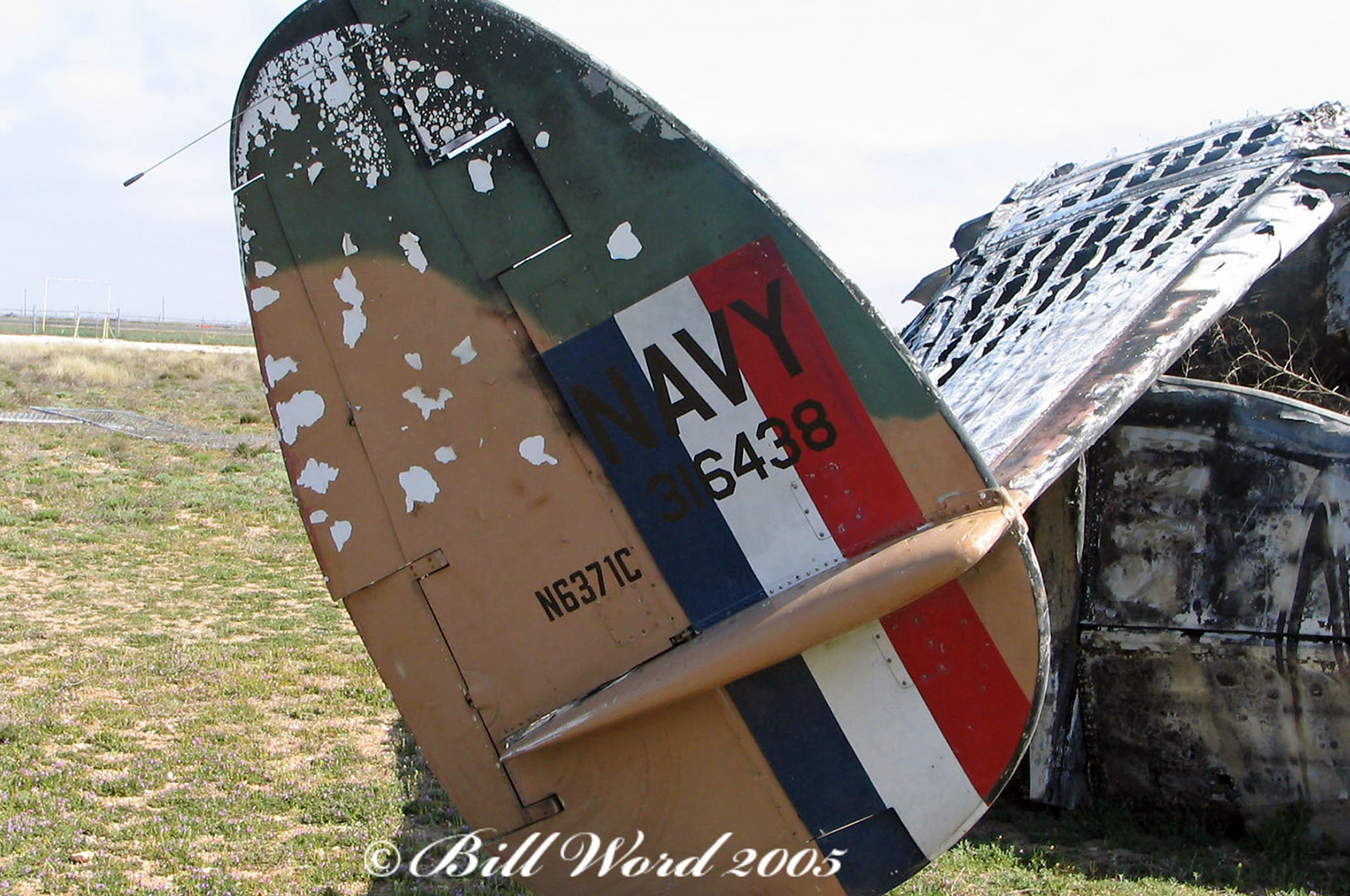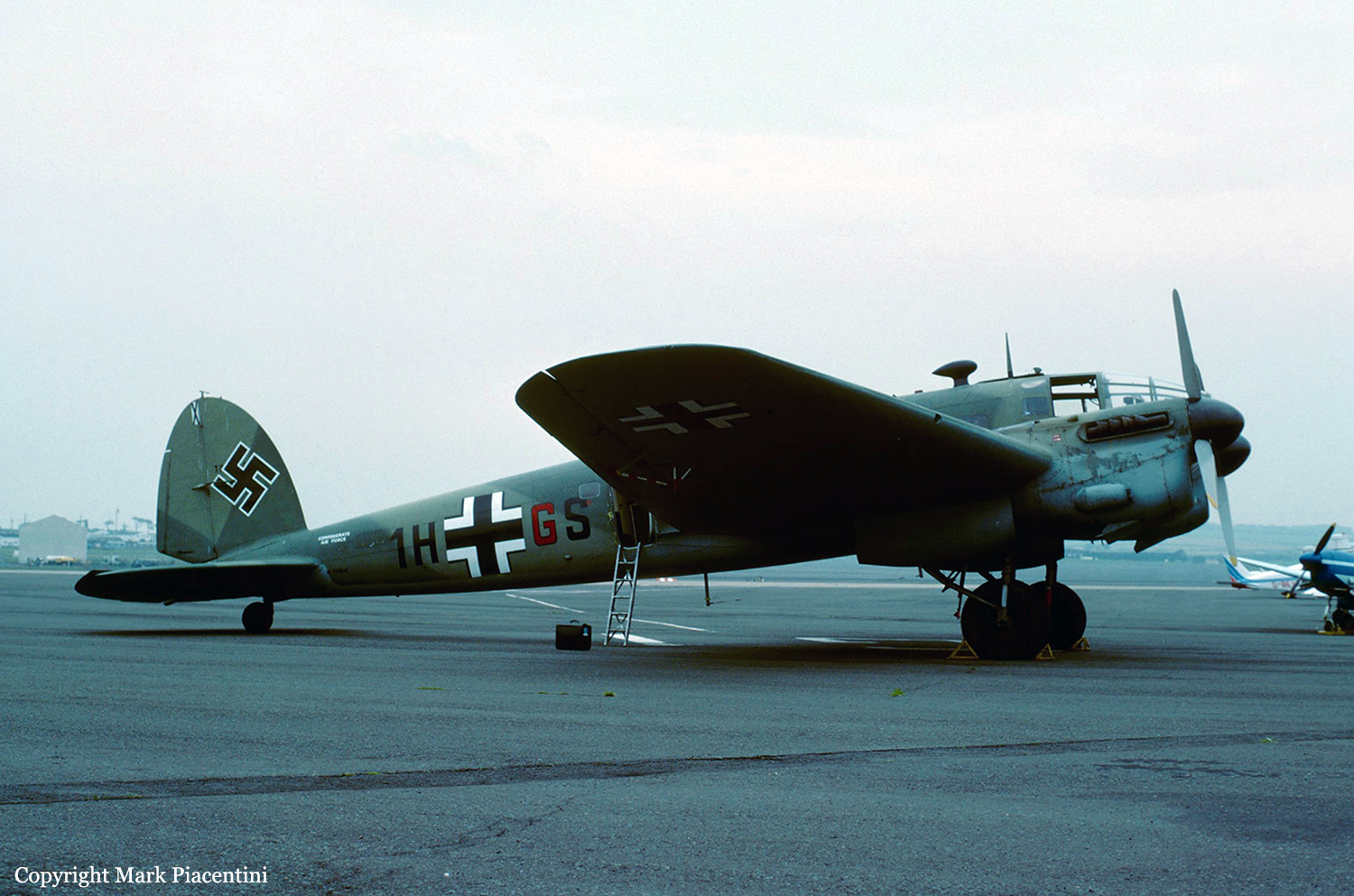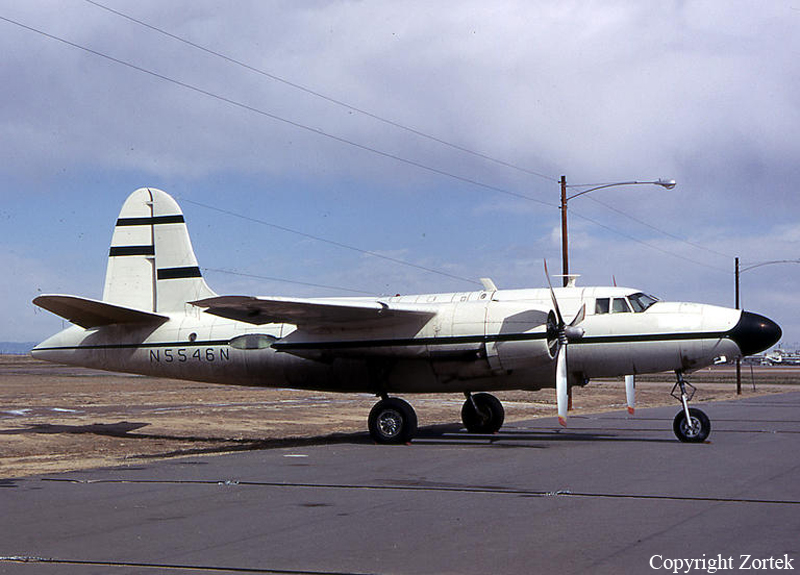Crash of a Boeing B-17G-95-DL Flying Fortress in Dallas: 5 killed
Date & Time:
Nov 12, 2022 at 1321 LT
Registration:
N7227C
Survivors:
No
Schedule:
Dallas - Dallas
MSN:
32513
YOM:
1944
Crew on board:
5
Crew fatalities:
Pax on board:
0
Pax fatalities:
Other fatalities:
Total fatalities:
5
Circumstances:
The Boeing B-17 was taking part to an airshow at Dallas-Executive (Redbird) Airport, carrying five people. While passing over the airfield at a relative low altitude, it collided with a Bell P-63 Kingcobra that was engaged in the same manoeuvre and coming from its left. The B-17 was cut in two, entered an uncontrolled descent and crashed in a field, bursting into flames. The P-63 was also destroyed. All six people in both aircraft were killed. At the time of the collision, the B-17 was following a straight-in course while the P-63 was supposed to cut its trajectory behind. Obviously, the pilot of the P-63 misjudged the situation.
